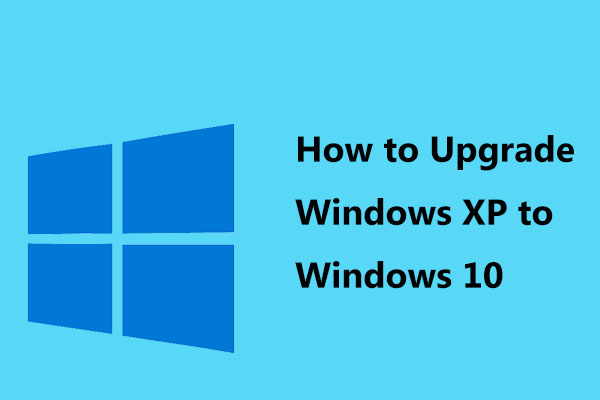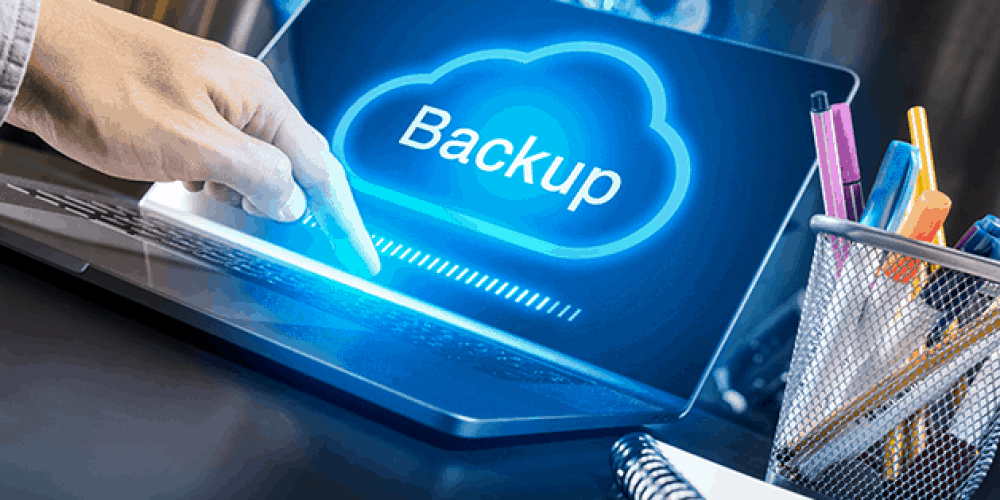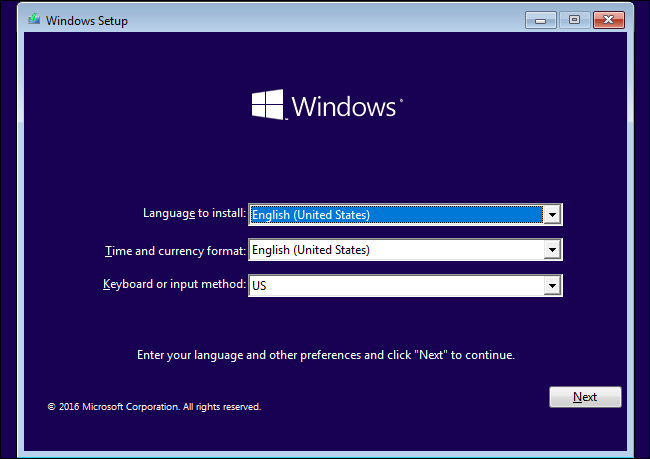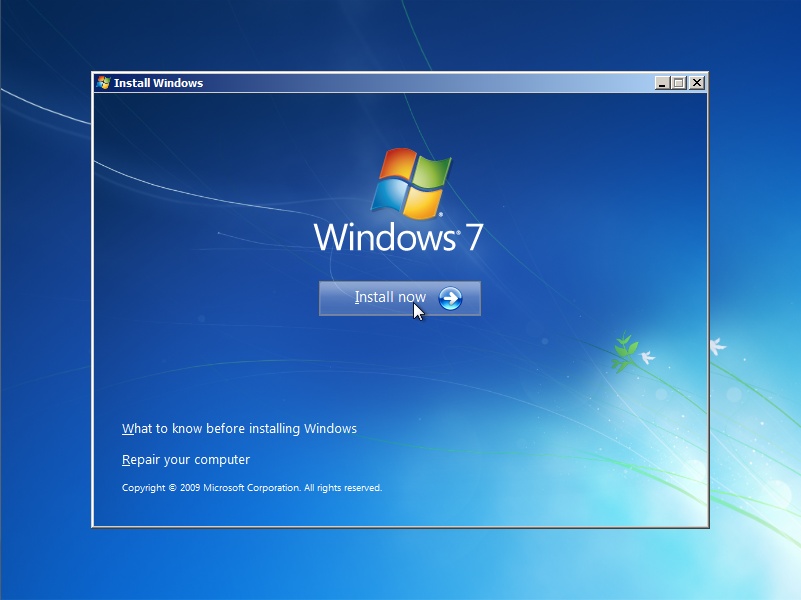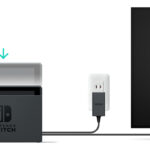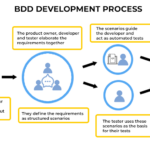In terms of technology, Windows XP’s first release in 2001 seems like a lifetime ago. Since then, there have been a few different operating systems for Windows. A Windows 10 update is highly recommended if you’re still using Windows XP. Although Windows 7 is likewise quite popular, there is no benefit to switching from Windows XP to Windows 7. You may take advantage of new features, improve your defenses against dangerous attacks, and gain more software support by upgrading to Windows 10 immediately now. Hence, this article will provide you with a whole guide on “Window 10 upgrade from XP”.
Can Windows XP be Updated to Windows 10?
Your system may be too old and inoperable if it is still running Windows XP and you want to update to Windows 10. You can select to check the complete device compatibility to determine whether your system qualifies for the upgrade. If not, you might decide to buy a new computer that comes pre-installed with the Microsoft Windows 10 operating system.
A hard disc wipe and fresh installation of Windows 10 are also required if you want to upgrade from Windows XP “in place.” Considering that there is no option to update and preserve your files, settings, and applications and that you must install Windows 10 on the outdated PC.
How To Upgrade Windows XP to Windows 10?
Regrettably, there isn’t a straight upgrading option for “window 10 upgrade from xp” or “windows xp update”. But upgrading isn’t a very challenging procedure. You’ll learn how to switch between the two as a result of what we’ll do. let’s do window 10 upgrade from xp.
Examine the Compatibility of your Hardware
Trying to make sure your computer could run Windows 10 must be your first concern. Because it varies on the compatibility of your system, there isn’t a single right solution. The minimal hardware requirements for Windows 10 are as specified by Microsoft –
- 1GHz processor
- RAM: 2GB, 1GB (32-bit) (64-bit)
- Speicher: 32 GB
- Graphics: WDDM 1.0 driver and DirectX 9 or later compatible
- 800 by 600 pixels
Remember that these are only the bare necessities. You won’t get the full benefits of Windows 10 if you have slow RAM or little storage areas; your device will undoubtedly seem sluggish and you will be unable to install many applications. The procedures listed below can be used to examine the hardware on your existing Windows XP system –
- First, launch Run by pressing the Windows key and R.
- Now, enter dxdiag and press OK.
- The DirectX Diagnostic Tool, which lists the installed components, will be launched as a response. The relevant details may be obtained on the System and Display tabs.
It’s likely that your Windows XP system won’t run Windows 10 properly if you’ve owned it for a while and haven’t upgraded any of the components. Additionally, you should check the website of the component manufacturer to see if Windows 10 drivers are even available there. Most of the time, it is preferable to either upgrade the parts in your current computer or buy a brand new system that comes pre-installed with Windows 10.
Create A Data Backup
You must already be aware of how crucial data backup is. To safeguard against data loss, you should be doing regular backups. You cannot keep your personal data and apps throughout the transfer because there is no straight upgrade path from Windows XP to Windows 10. Everything will be entirely deleted. As a result, you must manually restore your data after backing it up on Windows 10.
Consider all of the backups you need to have first. Windows files and directories comprise your emails, documents, music files, game saves, bookmarks in your browser, and much more, every one of which you should regularly back up.
It might be worthwhile to use an ISO to make a complete system backup together with a separate copy of your private information. In this manner, you may always go back to the ISO to recover anything you might have missed. Choose a storage method for your backup and move on from there. The amount of data you have will be the main factor in this. One option is to utilize a cloud backup service, but other options include a USB drive and an external hard disc.
Start the backup when you’re prepared. Much of the labor can be automated if you use software to do this. In any other case, manually transfer your information from your Windows XP computer to the backup device.
Get Windows 10 Installed
It’s ready to implement Windows 10 when you’ve made sure your device can handle the upgrade and also have backed up all the information you want to safeguard.
Download Windows 10 by first obtaining the Microsoft construction tool. Use this to produce a Windows 10 installation; you’ll need a spare USB drive with 8GB of space. Launch the software when it has been downloaded. To do this, follow the steps below –
- To accept the licensing conditions, read them over.
- To create installation media (a USB flash drive, DVD, or ISO file) for a different PC, select the option and then click Next.
- Click Next after selecting the necessary Architecture, Language, and Edition.
- Next, choose a USB flash drive.
- From the list, choose your drive, then click Next.
- Follow the wizard through to the end.
Get Windows 7 Installed
If you’re determined to convert from Windows XP to Windows 7, you can still get the Windows 7 ISO from Microsoft. We don’t advise utilizing this similarly outdated operating system, nevertheless, as was previously indicated.
Therefore, once the installation media for Windows 10 has been produced, you must instruct your machine to start from that media. Restart your computer, then go into BIOS to accomplish this. The key you need to press to access the BIOS varies depending on the machine; you should see it displayed when the system first fires up, and it’s commonly the Delete key or a Function button. To alter the boot device priority to ensure that the installation media is first, tap it until you access the BIOS. From there, select the boot tab.
The method for installing Windows 10 will then be presented to you. Make sure you choose a fresh installation of Windows when you are prompted, as opposed to an upgrade that simply won’t work.
Hence, your name, preferred language, and other options will be requested of you. Be patient, the installation can take some time to finish. Your computer should restart on its own when you’re finished, launching Windows 10.
Restore Your Programs and Data
Your personal data can be restored now that you’re using Windows 10. All of the data from your backup must be manually transferred to the appropriate new Windows 10 locations. Installing your apps is something else to remember as well.
Read more: 4 EASY METHODS ON “WINDOWS 11 BACKUP TO EXTERNAL DRIVE” (LATEST 2023)
Conclusion
The task is over as your computer has now been successfully done with the “Window 10 upgrade from XP”. Eliminating the bulky blue appearance and substituting it with a more efficient and protected operating system, you could create a virtual machine or download XP themes if you wish to reintroduce Windows XP on Windows 10 if you miss it.
FAQs
Q1: How old is Windows XP?
Ans: In a time of prosperity for Microsoft when sales were at their peak, Windows XP was released on October 25, 2001.
Q2: Is Windows XP still usable?
Ans: Your computer will continue to operate if you run Windows XP even after support for it has expired, but it could be more vulnerable to malware and security concerns.
Author Profile
Latest entries
Technology2023.04.20How To Connect Roku To TV? Easy Guide To Follow
Technology2023.04.20How to Connect Nintendo Switch to TV? (With and Without Dock)
Technology2023.04.205 Best Barndominium Design Software (DIY & Professional)
Technology2023.04.20What Is The Relation Between Behavior-Driven Development And Agile Methodology?

